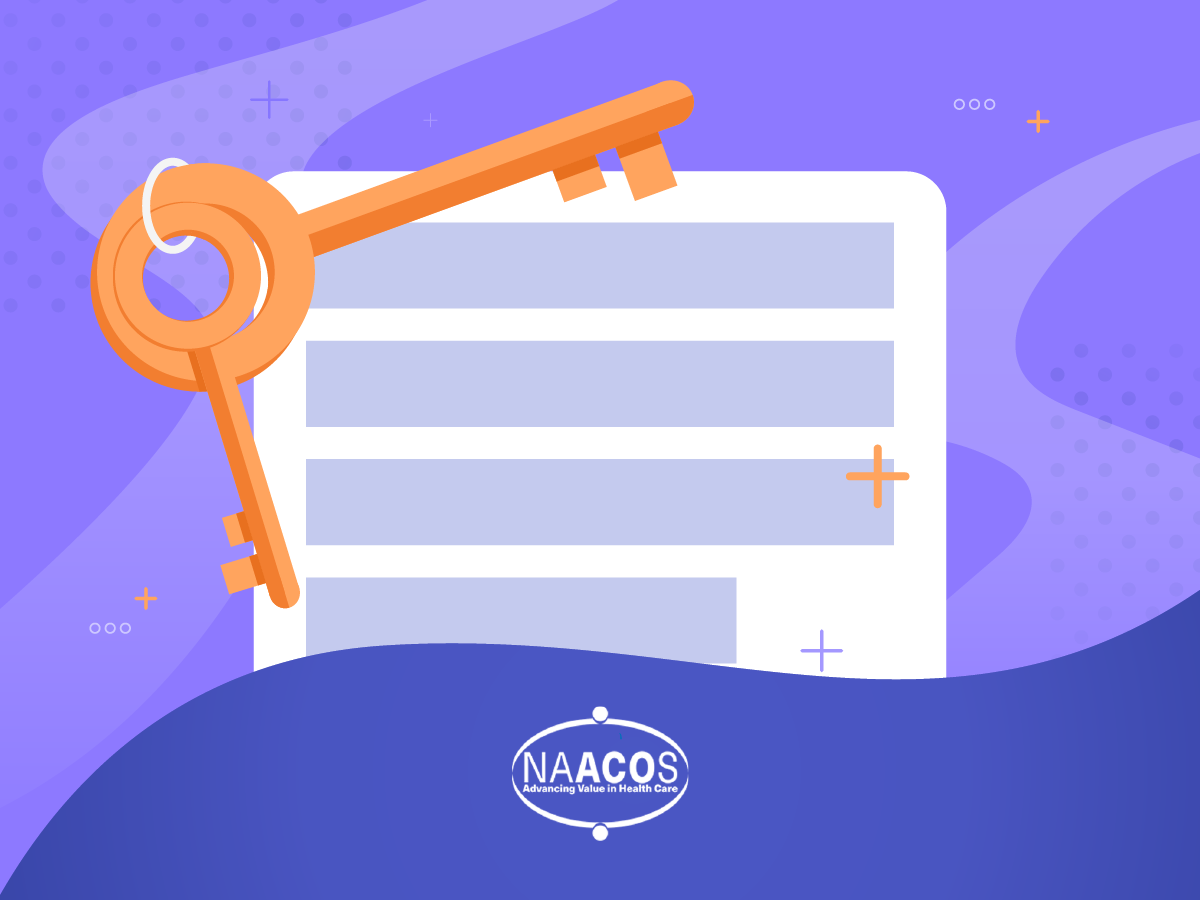Recently, the National Association of Accountable Care Organizations (NAACOS) hosted the largest conference organized exclusively by ACOs for leading value-based care experts and CMS officials to share timely and important updates for ACOs. Pearl Health’s Director of Enterprise Partnerships, Michael Dudley, joined other healthcare leaders at the conference to discuss the future of value-based care. Here are our five takeaways from the fall meetup:
- Uncertainty Remains Around Value-Based Models
With the conference coming just weeks before this year’s general election, several discussions centered on potential electoral impacts to value-based models. The core tracks of CMS’ flagship value-based program, the Medicare Shared Savings Program (MSSP), have seen only minor updates even as some conference participants and others advocate for a capitation track within the program—sometimes called “Enhanced+”.
- Experimental Models With Limited Relevance Cause Fatigue
While the future of ACO REACH is unknown, CMMI has continued to introduce additional models that build on the chassis of MSSP. Over the last two years, CMMI has launched Making Care Primary, the All-Payer Health Equity Approaches and Development (AHEAD) model, the Guiding an Improved Dementia Experience (GUIDE) model, the ACO Investment model, Primary Care Flex (PC Flex), and other new models. GUIDE, which provides services for beneficiaries living with dementia and their caregivers, has had a positive reception. Other models have been considered more niche in their focus, limiting their relevance to some conference participants.
- Healthcare Applications of Artificial Intelligence are Top of Mind
Artificial intelligence continued to be a major focus for conference presenters and participants, with sessions on AI’s potential role in optimizing medication management to avoid unnecessary hospitalizations, improving outcomes with better care workflows, achieving the Triple Aim, and more.
Keynote speaker Dr. Robert Pearl, former CEO of Kaiser Permanente, highlighted the potential for AI to reduce medical errors, enhance diagnostic precision, and ease the burden on healthcare professionals. Dr. Pearl argued that AI will democratize medical expertise, arming patients with tools and knowledge once reserved only for doctors, and that this will have a significant impact on providers and the total cost of care.
- Establishing a Care Management Strategy is Key to Lowering Total Cost of Care
One thing we love about the NAACOS conference is how members share best practices they’ve discovered during their transition to value-based care to help others succeed in their VBC journey. Building a strong care management strategy stood out as a key element for success. Meeting patients where they are—through practices like post-discharge follow-ups, Chronic Care Management, Home Health, and Remote Patient Monitoring—provides a clear path to lowering the total cost of care while improving outcomes.
- Interest in Risk-Bearing VBC Models is Growing with Health Systems and Physician Groups
Health systems and ACOs are increasingly seeing the value in taking on risk in value-based models—but it can be hard for practices without experience in risk to know how to take the first step. Our Chief Operating and Compliance Officer, Gabe Drapos, explored risk models and provider fit during the “Risky Business: Delegated Risk for CMS, CMMI, and Commercial VBC Models” panel alongside Jennifer Moore of MaineHealth ACO, Stephen Nuckolls of Community Care of North Carolina, Will Robinson of Harmony Cares, and Brent Staton of Cumberland Center for Health Innovation. With the right partner and analysis, providers can better evaluate the risk models available, understanding the financial impact to their bottom line and the potential for Shared Saving.
At Pearl Health, we are dedicated to driving the future of value-based care by empowering primary care organizations and providers with the tools and support they need to succeed. If you’re interested in learning how to allocate providers across VBC programs with a data-driven approach to optimize risk and maximize blended savings, we’d love to connect with you and provide a personalized analysis for your practice.
We can’t wait for the NAACOS Spring Conference in April 2025—see you in Baltimore!



